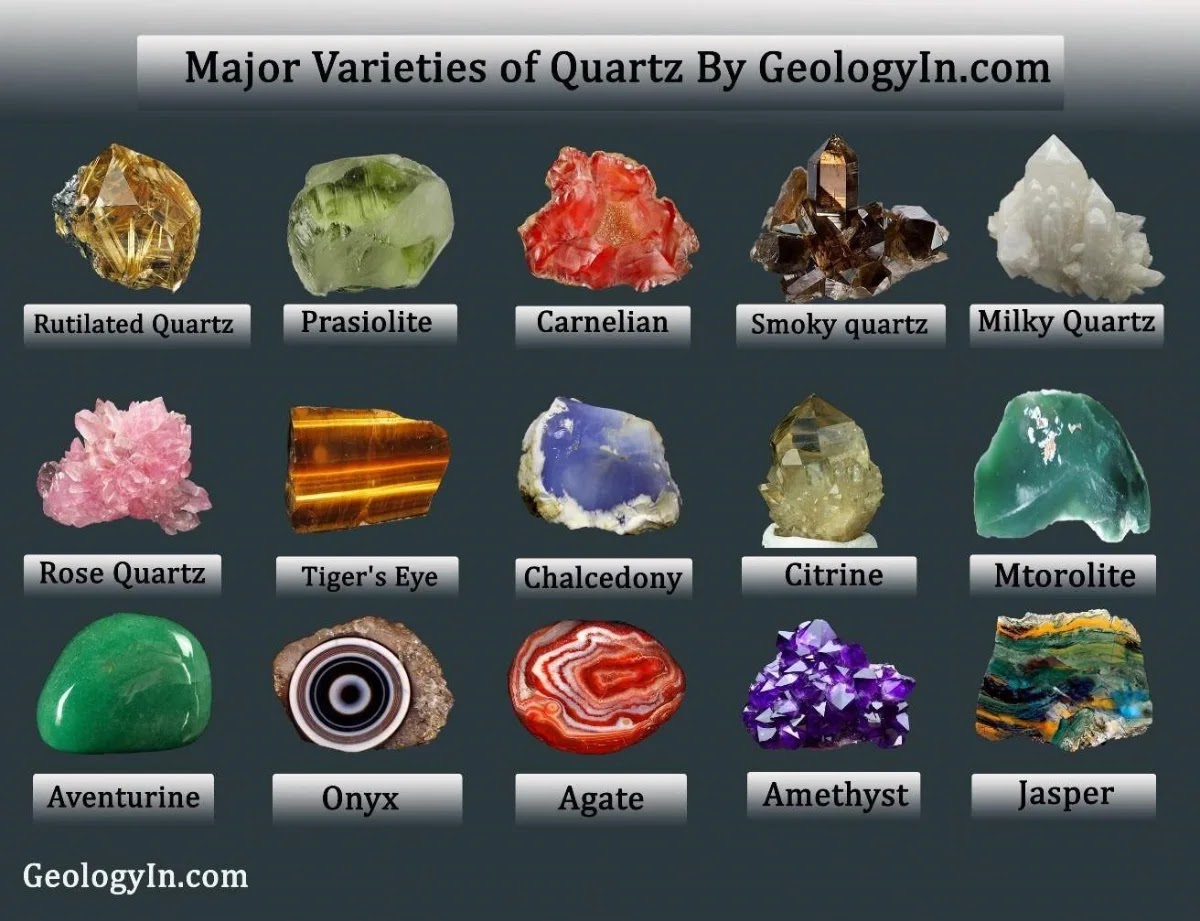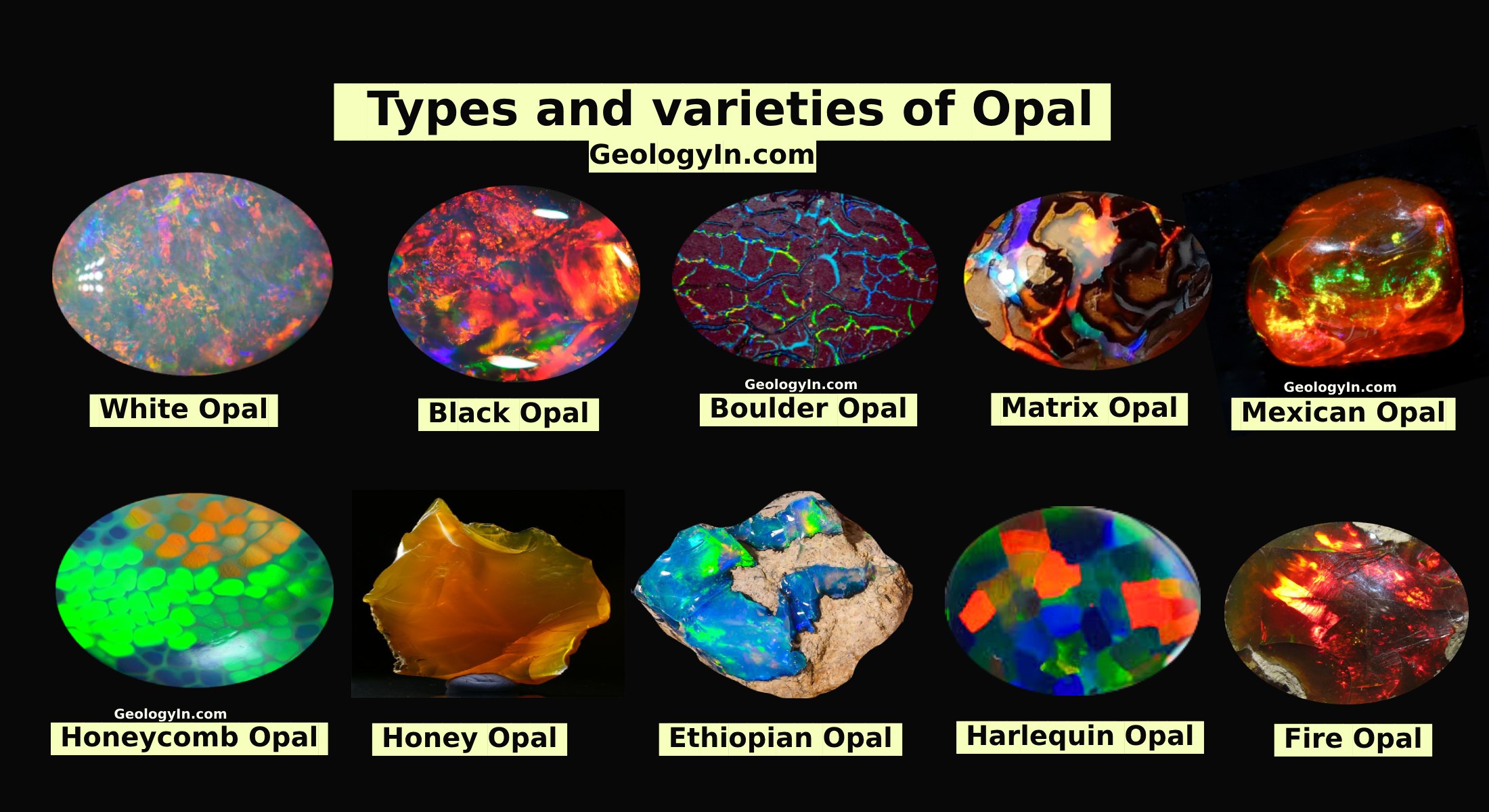Study breathes new life into 2.3 billion year old 'Great Oxidation Event'
 |
| Study breathes new life into 2.3 billion year old 'Great Oxidation Event' |
Research led by the University of St Andrews and published yesterday in Nature – provides new insight into how life evolved alongside changes in the chemistry of Earth's surface. These researchers examined geochemical records of Earth's 'Great Oxidation Event' 2.3 billion years ago, and captured for the first time the response of the nitrogen cycle to this major transition in Earth's surface environment.
The study, which was led by Dr Aubrey Zerkle of the School of Earth & Environmental Sciences at St Andrews, fills a ~400 million year gap in geochemical records of a dramatic change that occurred halfway through Earth's history, when oxygen (O2) first accumulated in the atmosphere.
Dr Zerkle explained: "The 'Great Oxidation Event' was arguably the most dramatic environmental change in Earth history. It was critical to the development of the hospitable environment that we inhabit today, as it was a prerequisite for the evolution of animals that universally require O2 to live.
The rock cores Dr Zerkle and her colleagues studied, from the National Core Library in Donkerhoek, South Africa, have recently been used to date the occurrence of the Great Oxidation Event, and offer key insights about how this event affected the availability of nitrogen. Nitrogen is an essential element in all living organisms, required for the formation of proteins, amino acids, DNA and RNA. As a key "nutrient", nitrogen therefore controls global primary productivity, which in turn regulates climate, weathering, and the amount of oxygen at Earth's surface.
Despite the importance of nitrogen to life, major gaps existed in the previous geochemical records of how the nitrogen cycle has responded to critical events in Earth history. The result of Dr Zerkle's research is a unique set of high-resolution records of nitrogen isotopes in sedimentary rocks that record the environmental conditions during the Great Oxidation Event. These detailed records document the immediate onset of a modern-style nitrate-driven ecosystem, appearing simultaneously with the first evidence for O2 in the atmosphere.
She explained: "Our data shows the first occurrence of widespread nitrate, which could have stimulated the rapid diversification of complex organisms, hot on the heels of global oxygenation. The building blocks were apparently in place, the question that remains is why eukaryotic evolution was seemingly stalled for another billion or more years."
The results are supported by a recent study of selenium isotopes across the same time interval by researchers including Dr Eva Stüeken from the University of St Andrews. Dr Stüeken and colleagues found that the selenium cycle was perturbed in a way that can only be explained by an expansion of oxygen in the surface ocean – enough to generate nitrate and potentially support complex life. Dr Andrey Bekker from UC-Riverside, who co-authored both studies, explained: "We now know that redox conditions were favourable for complex life to evolve immediately after the Great Oxidation Event. The question is if eukaryotes did not evolve in the early Paleoproterozoic, what are the other intrinsic controls that determine the evolution of life?"
The study was published in the Nature.

%20(1).webp)






